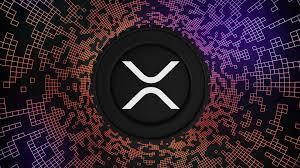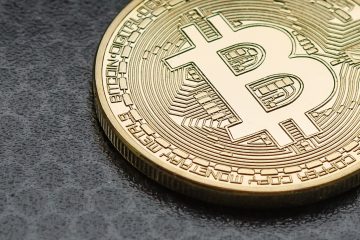In the dynamic world of cryptocurrencies, Ripple’s digital asset, XRP, has emerged as a prominent player, transcending its role as a mere trading instrument to become a key driver in the evolution of blockchain technology and digital finance. This narrative unfolds as a testament to the resilience and adaptability inherent in XRP’s journey.
XRP came into existence in 2012 as a digital currency within the Ripple payment protocol, designed to facilitate seamless, fast, and cost-effective cross-border transactions. Unlike many other cryptocurrencies, XRP does not operate on a traditional blockchain but rather on a unique consensus algorithm, adding an extra layer of efficiency to its transactions.
The primary purpose of XRP within the Ripple ecosystem is to serve as a bridge currency, enabling value transfers between different fiat currencies with minimal friction. This functionality positions XRP as a potential solution to the challenges associated with traditional international money transfers, which are often slow and encumbered by high fees.
XRP’s utility extends beyond its role as a speculative asset for trading. Within the Ripple ecosystem, XRP serves as a crucial element in the functioning of RippleNet, the network through which financial institutions and banks connect to facilitate international payments. The innovative design of XRP as a bridge currency aims to address the inefficiencies inherent in the legacy financial system.
One notable feature of XRP is its consensus mechanism, which allows for faster transaction confirmation compared to traditional proof-of-work systems. This efficiency is particularly advantageous for cross-border transactions, where speed and cost-effectiveness are paramount.
While XRP has made strides in the realm of cross-border payments, it has not been without its challenges. The degree of decentralization of the XRP ledger has been a topic of scrutiny and debate within the cryptocurrency community. Unlike some other cryptocurrencies that operate on decentralized networks, XRP’s validation process involves a selected group of trusted validators.
This unique approach has led to concerns about centralization and Ripple Labs’ level of control over the XRP ecosystem. Ripple has been proactive in addressing these concerns, with ongoing efforts to further decentralize the network and enhance its security.
XRP’s journey is punctuated by strategic partnerships and real-world use cases. Ripple has collaborated with various financial institutions and payment service providers globally, aiming to integrate XRP into their systems. The goal is to enable faster and more efficient cross-border transactions, fostering financial inclusion and reducing the reliance on traditional correspondent banking.
One noteworthy use case is Ripple’s On-Demand Liquidity (ODL) service, formerly known as xRapid. This service leverages XRP as a bridge currency to facilitate instant value transfers, especially in corridors with less developed banking infrastructure. ODL has gained traction as a viable solution for institutions seeking to optimize liquidity and reduce the capital tied up in pre-funded accounts.
XRP’s impact extends beyond its utility within the Ripple ecosystem. The digital asset has played a role in advancing the broader blockchain and cryptocurrency space. Its consensus algorithm, known as the XRP Ledger Consensus Protocol, has influenced discussions around energy efficiency and sustainability, offering an alternative to energy-intensive proof-of-work systems.
Moreover, XRP’s technological attributes, including its fast transaction settlement times and low transaction costs, contribute to the ongoing dialogue about the scalability and efficiency of blockchain networks.
XRP has faced its share of challenges, particularly in the realm of regulation. Ripple Labs, the company behind XRP, has been entangled in legal proceedings with the U.S. Securities and Exchange Commission (SEC). The SEC’s claim that XRP constitutes a security has added a layer of complexity to XRP’s regulatory standing.
The outcome of this legal battle holds significant implications for the broader cryptocurrency industry, as it could set precedent regarding the classification of digital assets. Ripple and the XRP community continue to navigate these challenges with the aim of providing clarity and certainty to XRP’s regulatory status.
In conclusion, XRP’s narrative unfolds as a multifaceted journey, from its inception as a digital currency designed for efficient cross-border payments to its role in influencing the broader blockchain landscape. As Ripple continues to navigate challenges and explore new frontiers, XRP remains a key player in the ongoing transformation of digital finance.
XRP’s trajectory is characterized by its unique utility, global partnerships, technological contributions, and the challenges inherent in operating within a rapidly evolving regulatory landscape. As the cryptocurrency space continues to mature, XRP’s narrative stands as a testament to the ongoing interplay between innovation, regulation, and real-world applicability in the ever-expanding realm of blockchain technology.




